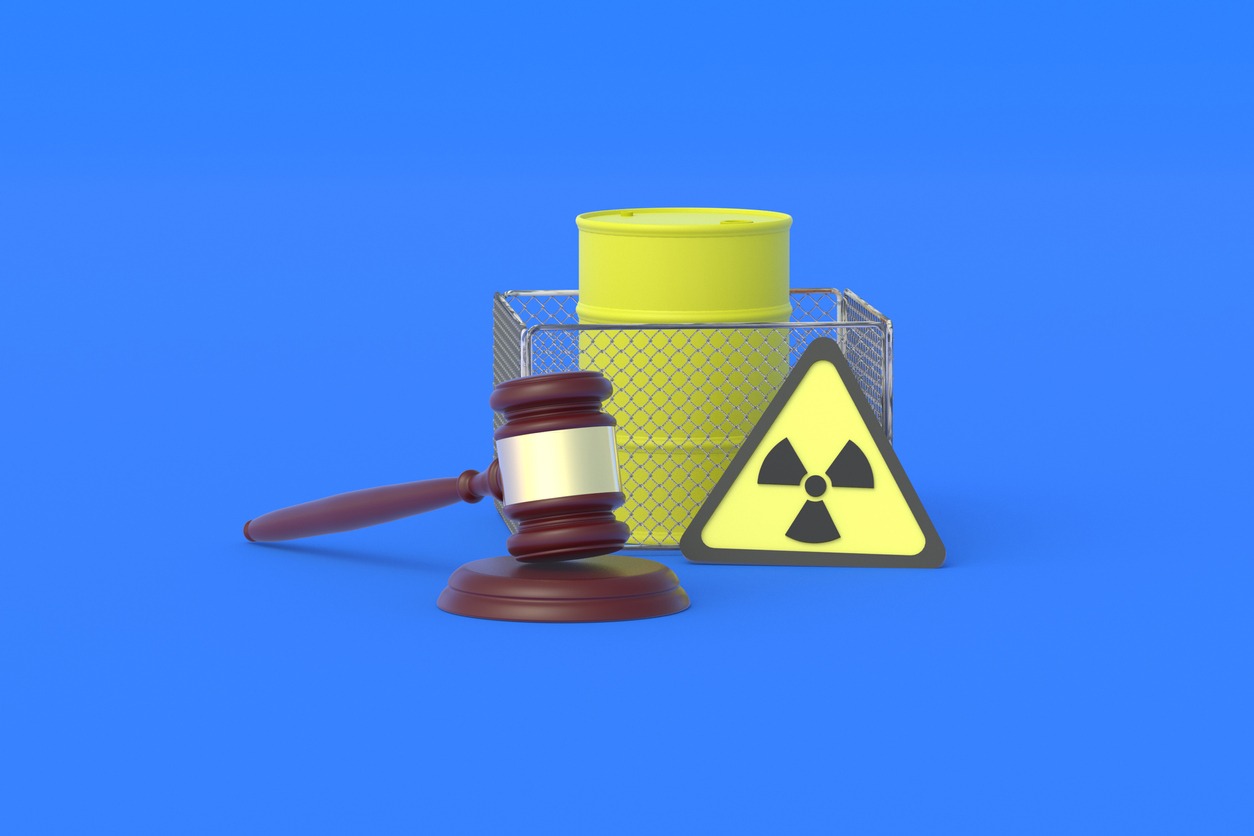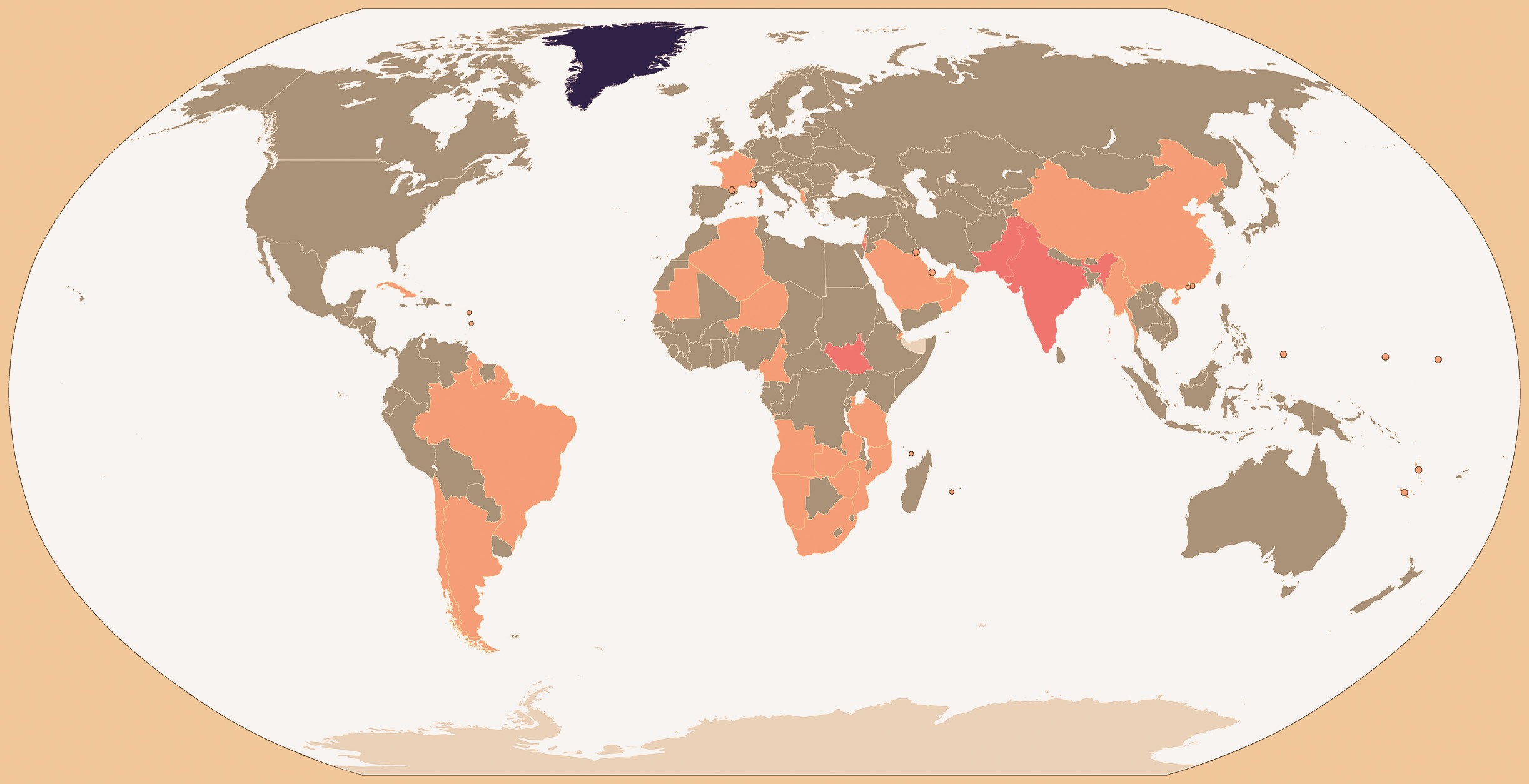Treaty Based Regimes as Stepping Stones to a Nuclear Weapon Free World
APLN Policy Brief 11
The following is a summary. Click on the adjacent link to download the full brief.
Last year, the problems of Syria’s chemical weapons and of Iran’s pursuit of nuclear break-out capability produced agreements within the frameworks of the Chemical Weapons Convention and the NPT, demonstrating the utility of treaty-based regimes for containing WMD threats. Although most nuclear weapons reductions have resulted from bilateral US-Russian arms control agreements, this paper looks at several treaty-based regimes as stepping stones to a nuclear-weapon-free world: the CPPNM, its amendment and ICSANT for assuring security of nuclear materials; nuclear-weapon-free zones in several regions of the world for making non-nuclear-weapon assurance doubly sure; the CTBT for ending nuclear testing; and the NPT as the mother-lode of all nuclear treaty regimes for having limited the spread of nuclear weapons while facilitating access to nuclear energy for peaceful uses. Acknowledging the immense security benefits of the NPT, the paper argues that its accumulating anomalies imply the search for a comprehensive and universal nuclear weapons convention to complete the NPT agenda of nuclear disarmament. In order not to jeopardize the NPT-centred security order, however, this has to be done delicately and carefully.
About the Author
Ramesh Thakur is professor in the Crawford School of Public Policy, The Australian National University and Co-Convenor of the Asia–Pacific Leadership Network on Nuclear Non-Proliferation and Disarmament. His books include Nuclear Weapons and International Security (Routledge, 2015), Nuclear Weapons: The State of Play 2015 (Centre for Nuclear Non-Proliferation and Disarmament, 2015) and The United Nations, Peace and Security: From Collective Security to the Responsibility to Protect, 2nd ed (Cambridge University Press, 2017).
Image: iStock (OlekStock).




